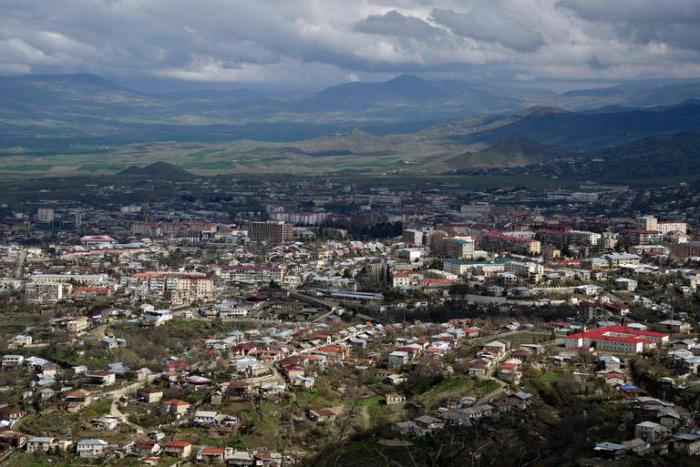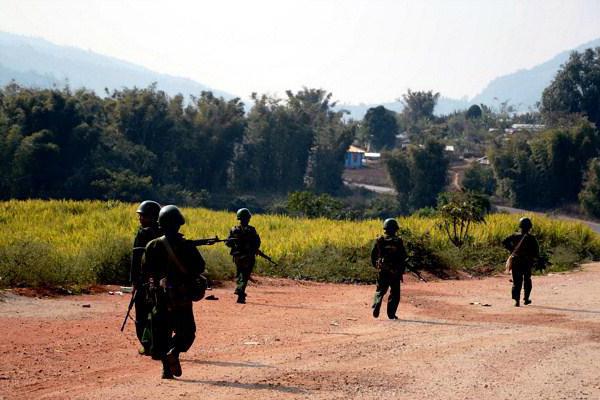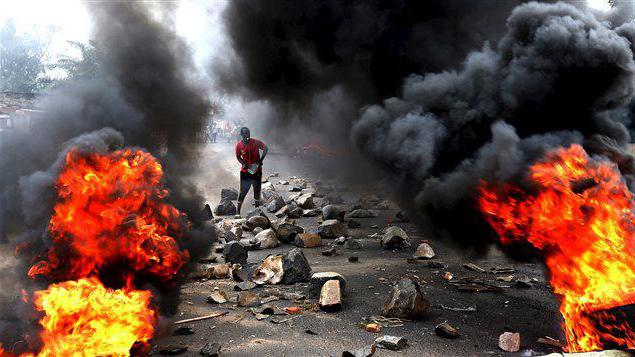Clashes and other conflict situations on ethnic grounds are a rather serious problem in the modern world. More details about what it is will be described in the article, and also consider when ethnic conflicts arose. Examples from the story will also be given below.

What is ethnic conflict?
The clashes, which are based on national contradictions, are called ethnic. They are local, at the household level, when individual people conflict within the same settlement. They are also divided into global. An example of ethnic conflict at the global level is Kosovo, Palestinian, Kurdish and the like.

When did the very first ethnic conflicts arise?
Situations, accompanied by the intensity of interethnic relations, began from ancient times, we can say that since the emergence of states and nations. But the discussion in this case will not be about them, but about those confrontations that are known from relatively recent historical events.
After the collapse of the Soviet Union, the peoples that were once a single whole Soviet nation began to exist on their own, individually. Various conflict situations escalated. An example of ethnic conflict in the post-Soviet space is the situation in Nagorno-Karabakh, the clash of interests of two states: Armenia and Azerbaijan. And this situation is far from the only one.
Confrontation of national interests, military operations in the territory of the former USSR affected Chechnya, Ingushetia, Georgia and other countries. Even today's relations between Russia and Ukraine can also be seen as an example of ethnic conflict.

The situation in Nagorno-Karabakh
To date, the focus has been on a conflict that has a very long history. Since ancient times, there has been a confrontation between Armenia and Azerbaijan over the issue of whose territory is Nagorno-Karabakh. In part, this situation clarifies the answer to the question of when and why ethnic conflicts arose. Examples are numerous, but this one is more clear within the framework of the Post-Soviet space.
This conflict has its roots in the distant past. According to Armenian sources, Nagorno-Karabakh was called Artsakh and was part of Armenia during the Middle Ages. Opposing historians, on the contrary, recognize Azerbaijan’s right to this area, since the name “Karabakh” is a combination of two words in the Azerbaijani language.
In 1918, the Azerbaijan Democratic Republic was created, recognizing its rights to this territory, but the Armenian side intervened. However, in 1921, Nagorno-Karabakh became part of Azerbaijan, but on the rights of autonomy, and quite broadly. For a long time the conflict situation was resolved, but closer to the collapse of the USSR, it resumed.
In December 1991, the population of Nagorno-Karabakh expressed their will in a referendum to secede from Azerbaijan. This was the reason for the outbreak of hostilities. Today, Armenia stands for the independence of this territory and protects its interests, while Azerbaijan insists on maintaining its integrity.

Armed conflict between Georgia and South Ossetia
The following example of ethnic conflict can be recalled if you return to 2008. Its main participants are South Ossetia and Georgia. The origins of the conflict lie in the 80s of the 20th century, when Georgia began to pursue a policy aimed at gaining independence.As a result of this, the country “quarreled” with representatives of national minorities, among whom were Abkhazians and Ossetians.
After the collapse of the Soviet Union, South Ossetia formally remained a part of Georgia: it is surrounded by this state, on one side it borders on North Ossetia - a republic within the Russian Federation. However, it is not controlled by the Georgian government. As a result, armed conflicts occurred in 2004 and 2008, and many families had to leave their homes.
At the moment, South Ossetia declares itself to be an independent state, and Georgia aims to improve relations with it. However, to make mutual concessions in order to resolve the conflict situation, none of the parties does not.
The situations discussed above are far from all ethnic conflicts. Examples from history are much more extensive, especially in the territory of the former USSR, since after its collapse, what united all peoples was lost: the idea of peace and friendship, a great state.